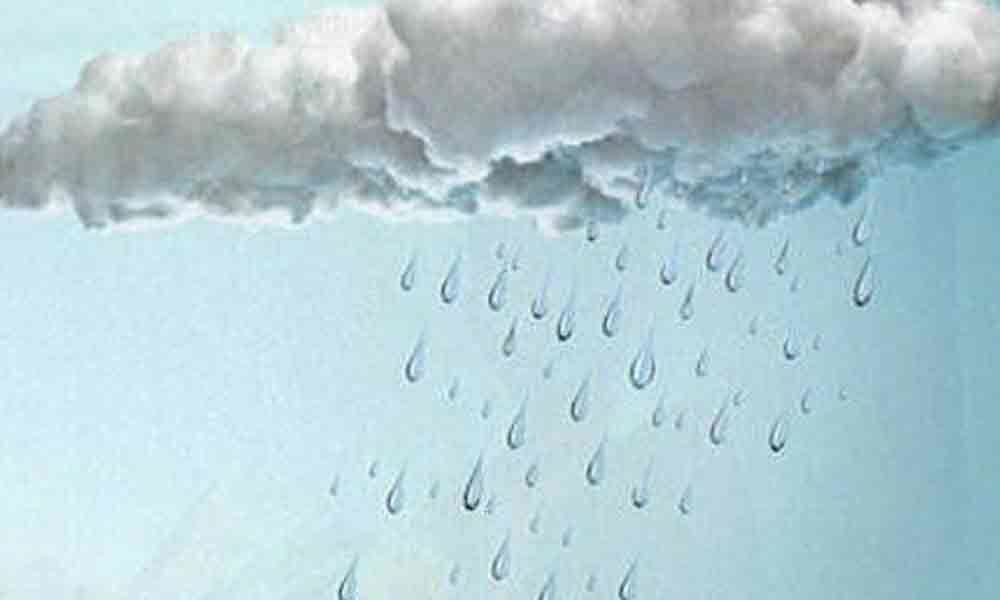Live
- Police book case against KTR for unauthorised rally
- Literature crucial in nurturing creativity
- Academicians debate on trends observed in 2024 General Elections
- Adah Sharma to perform Shiv Tandav stotram at the MahaKumbh mela
- Haryana Guv urges TG, AP CMs to implement NEP-2020
- Tail-end farmers should get irrigation water, says Uttam
- SpinSci to churn out 1K AI-based jobs in Telangana
- Kothapalli-Manoharabad rly line to be operationalised by 2027
- Industrial production at 6-mth high in Nov
- Traffic restrictions on heavy vehicles in Rachakonda
Just In

Heat from the sun causes tiny drops of water to move from the ground up into the air. When water molecules warm up, they change from a liquid into a...
Heat from the sun causes tiny drops of water to move from the ground up into the air. When water molecules warm up, they change from a liquid into a gas and rise up into the air, or evaporate. Water that has evaporated is called water vapor. Steam from a pot of water boiling on the stove is also water vapor. There is a lot of water vapor in the air we breathe.
Clouds are formed when water vapor rises high up into the air. When it reaches cold air, the vapor turns back into droplets of water! Those tiny drops of water floating in the air collect and "stick" together up in the sky.
Clouds are just lots of drops of water all stuck together. When clouds get so full of water droplets that they can't hold any more, the water falls back to the ground as rain! Sometimes the water droplets freeze and fall to the ground as snow, sleet, or hail. Water or ice that comes from clouds is called precipitation.
Besides bringing precipitation, clouds also keep the earth cool. Warm air always rises and cool air sinks. On nights when there are lots of thick clouds, the earth does not lose its heat as fast because the clouds block the warm air from rising up as much. Cloudy nights are usually warmer than clear nights. On nights when there aren't many clouds, the heat rises up into the atmosphere, cooling the temperature of the earth.
Types of clouds: There are three main types of clouds, but there can also be combinations of these clouds, and other names for them depending on how high they are in the sky. To learn more about cloud types and observing them to predict weather, we recommend a cloud chart.
Cirrus – thin and wispy clouds very high in the sky. They are often made of tiny pieces of ice and usually occur the day before rain or snow. The word cirrus comes from a Latin word that means "tuft or curl of hair."
Cumulus – large, fluffy clouds that are in the sky on days with nice weather (no precipitation). The word cumulus means "pile" or "heap." Cumulus clouds can turn into clouds that bring thunderstorms, called Cumulonimbus clouds.
Stratus – dark layers of clouds that hang low across the sky like a blanket. The word stratus means "to spread out." Stratus clouds can bring rain, snow, or fog.

© 2025 Hyderabad Media House Limited/The Hans India. All rights reserved. Powered by hocalwire.com







